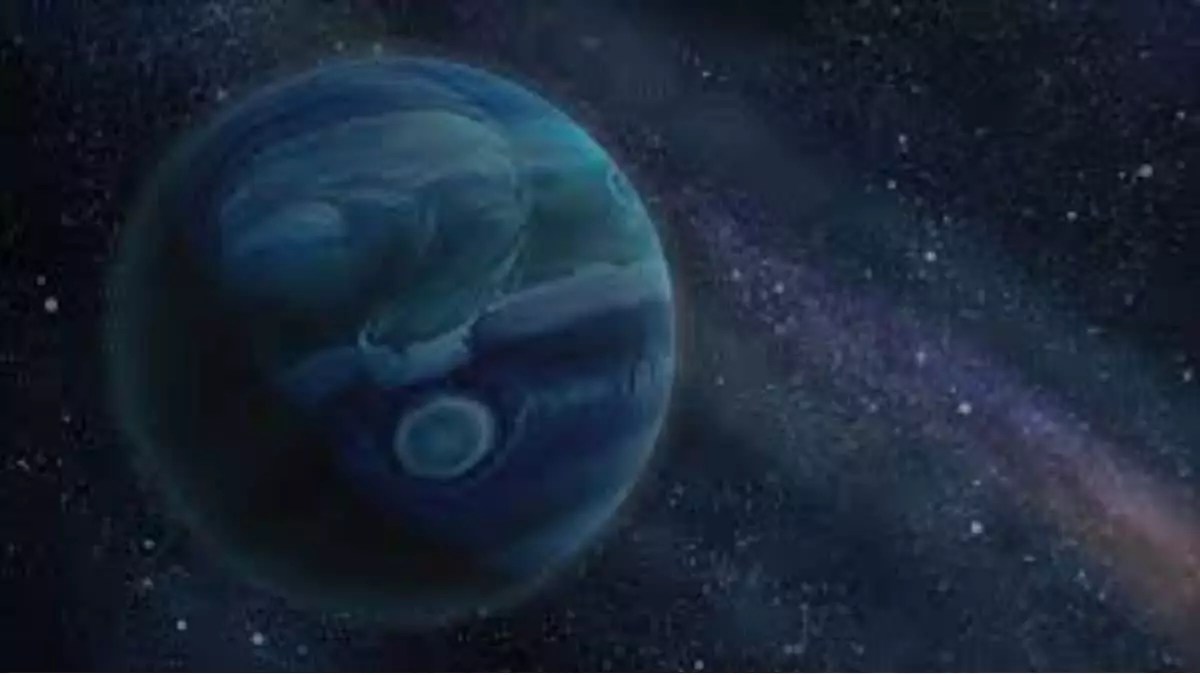The concept of an undiscovered planet lurking at the fringes of our solar system has captivated scientists and the public alike for decades. Originating from early 20th-century speculation about an elusive “Planet X,” this idea was once dismissed as the result of miscalculations regarding Neptune’s mass. Yet, nearly a century later, the question resurfaces with renewed vigor thanks to anomalies in the orbits of distant Kuiper Belt objects. The notion that a colossal, unseen planetary body influences these celestial paths sparks both excitement and skepticism. It challenges us to consider whether our current understanding of gravity and the solar system is incomplete or whether we are chasing a mirage rooted in misinterpreted data.
The Evidence that Keeps the Theory Alive
In recent years, astronomers like Konstantin Batygin and Mike Brown have reignited the debate, proposing the existence of Planet Nine based on the peculiar clustering of Kuiper Belt object orbits. These objects exhibit unexpected elliptical trajectories and positional alignments that are difficult to explain through known physics alone. Their hypothesis suggests a planet several times Earth’s size, orbiting far beyond Neptune, exerting gravitational influence that molds the distant solar system’s architecture. Supporters point to newfound objects like 2017 OF201 and the sednoid 2023 KQ14—objects with bizarre, elongated orbits—that seem to be “sculpted” by an unseen gravitational force, bolstering the case for a massive planet out there in the dark.
The Skepticism and Alternative Explanations
Despite compelling clues, the Planet Nine hypothesis is far from universally accepted. Critics argue that the current observational data is insufficient; the vast distances and slow orbital periods make it difficult to draw definitive conclusions. Some propose that instead of a giant planet, we might be witnessing the effects of a dense debris ring, remnants of planetary formation, or even something more exotic—such as a small black hole—lurking in the solar system’s outskirts. These alternatives highlight the danger of jumping to conclusions based on limited evidence, especially when the scale of the proposed object would require centuries or millennia to observe directly. The debate underscores the limitations of our technology and knowledge, prompting reflection on whether our quest for a hidden planet might be chasing shadows rather than facts.
The Future of the Search and Its Implications
As astronomers continue to peer into the dark edges of our celestial neighborhood with advanced telescopes, the possibility of discovering Planet Nine remains tantalizing but uncertain. Yet, the pursuit exposes broader issues in scientific methodology: the temptation to favor elegant solutions over complex truths, and the pressure to confirm longstanding hypotheses amid ambiguous data. From a center-leaning liberal perspective, the pursuit of knowledge should be driven by rigorous skepticism and openness to alternative explanations, rather than dogmatic belief in certain models. Whether Planet Nine exists or not, the inquiry pushes the boundaries of our understanding of the cosmos and exemplifies the delicate balance between scientific curiosity and critical self-assessment.

